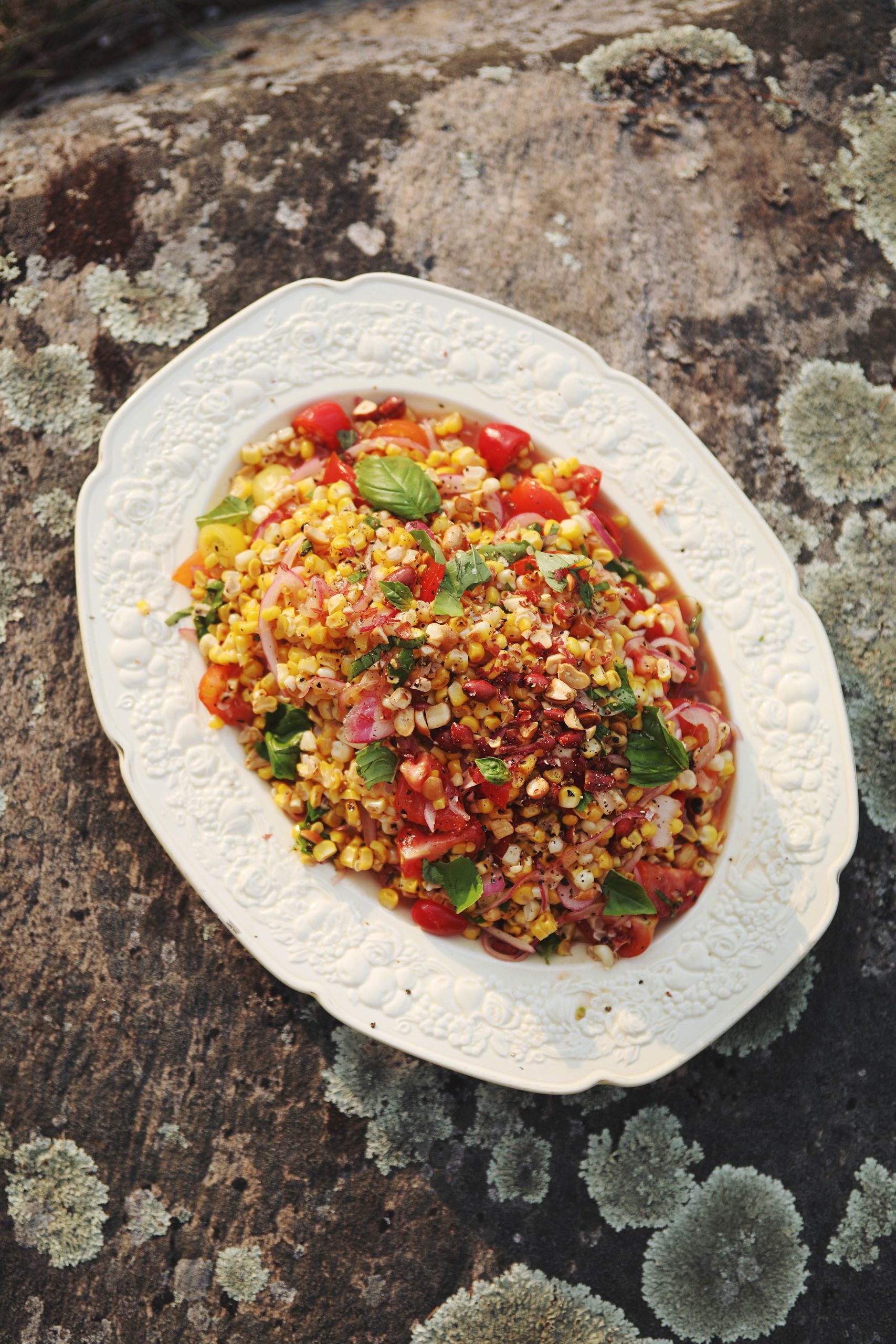A simple and elegant Japanese vegetable stew of softly-simmered vegetables is so warming and comforting especially in the cooler weather months. A foundation of the Winter Rollover Menu, these vegetables are tender and easy to digest making for a nourishing and soothing addition to a meal!
Nishime
Ingredients
- 1 medium kabocha squash
- 2 medium parsnips
- 2 medium carrots
- 1 small daikon
- 1 yellow onion
- 1 2" piece kombu
Directions
- Prepare the vegetables the way you’d like to eat them: I enjoy cutting the kabocha into wedges, the carrots and parsnips into batons, the daikon into circles, and the onion into half moons. Do not peel the vegetables, instead give them a good scrub and make sure to remove any dirt from their skins.
- Place the kombu in the bottom of the pot and add about an inch / 2.5cm of filtered water. Place the onions on top, followed by the squash, then carrots and parsnips. Place the lid on the pot, then bring the water to a boil, reduce to simmer and let cook for 10-20 minutes, checking after 10 minutes for done-ness. I typically steam my veggies for about 15 minutes, so that they’re tender but not mushy. The texture is totally up to you.
- Once the vegetables are cooked to your liking, remove them from the heat and enjoy immediately, then store leftovers in a glass container in the fridge for up to one week.
- Reserve the cooking water to make the soup – it is full of minerals and lots of flavour!
Notes
Makes 6-8 servings
Nishime is a method of cooking vegetables that means waterless cooking. Vegetables are cut into large chunks and cooked slowly over low heat. I chose purple carrots, daikon, butternut squash, turnips, rutabaga and parsnips, but you can use whatever hard winter vegetables you have on hand.
If you use organic vegetables, scrub the skins and leave them on. Very little liquid is added to the pot, so the steam in the pot cooks the vegetables in their own juices. The vegetables are seasoned with sea salt, soy sauce or a little miso.




